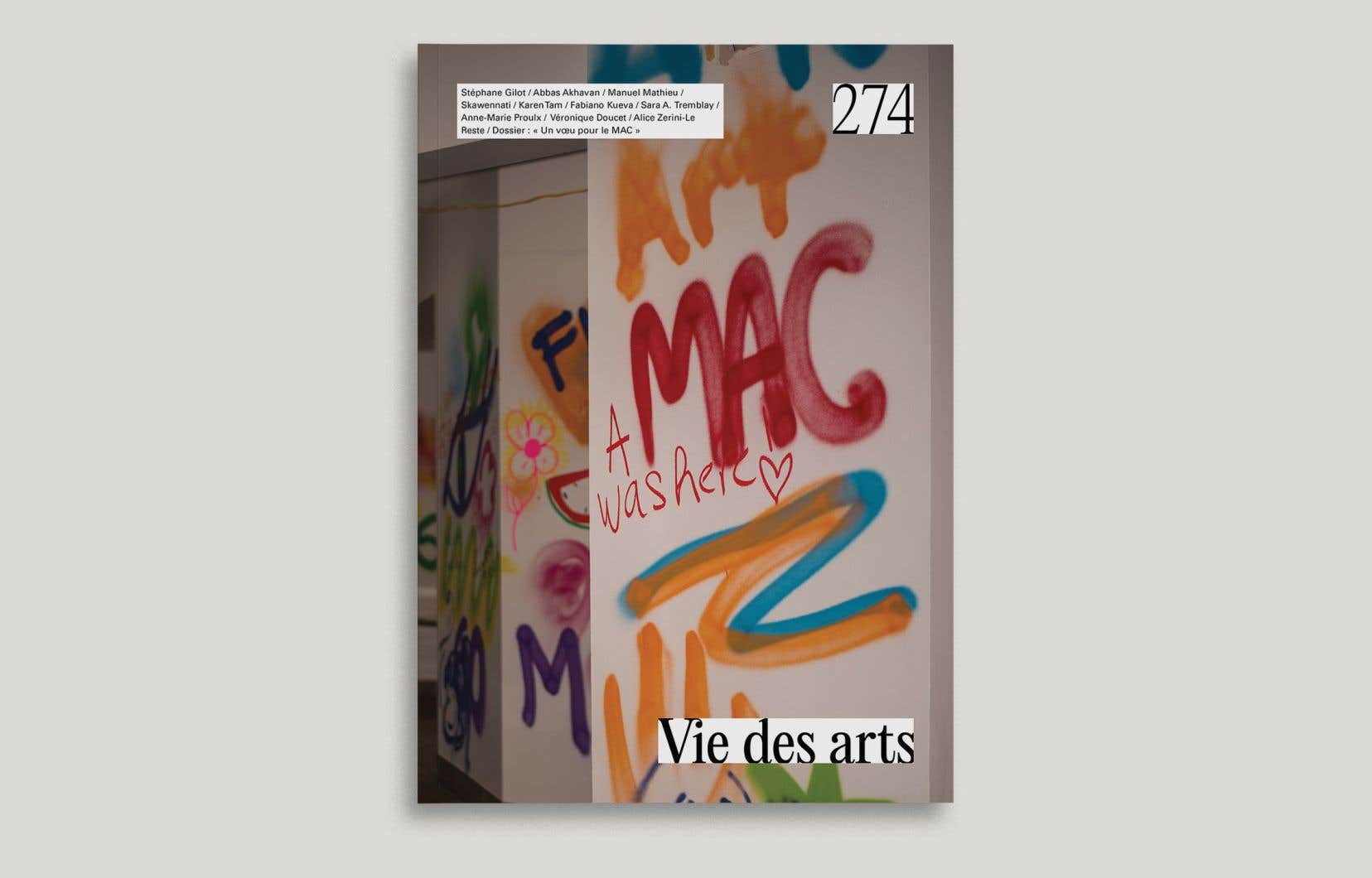Every Tuesday, The duty offers a space to the creators of a periodical. This week, we offer you a text published in the magazine Lives of the artsissue 274 (spring 2024).
Let’s face it, “museum” and “contemporary art” are contradictory terms. While the first word refers to notions of knowledge, power, history and heritage, the second connotes innovation, protest, research and presentism.
This thought, however, is not shared, because, from the 19the century, the museum in its desire for control admitted contemporary art according to the imperatives of the market. The presence of “living” art in the museum appeared in a desire of the State, collectors and artists to place this production in continuity and to grant it the added value that the institution brings.
Although created in 1964, the Museum of Contemporary Art of Montreal (MAC) belongs to this logic with a view to ensuring accessibility and sustainability to contemporary artistic creation. The MAC established as a benchmark for contemporary art the year 1939, the date of the creation of the Contemporary Art Society. This means that in 2024, the museum will retain a collection that covers 85 years.
The definition of contemporary art varies between museums, some date it back to 1950, others to 1960, still others include art from the last 25 years. The earlier collection is pushed back towards modern art, the temporal limits of which are also variable.
The mission of the MAC is stated as follows: “To make known, promote, preserve contemporary Quebec art and ensure a presence of international contemporary art through acquisitions, exhibitions and other activities. » The wording is deliberately broad and ambiguous in order to take advantage of the opportunities that arise. Moreover, each management and each conservation team interprets this mission differently. […]
The application of this mandate is evolving and it is forced to adapt to the circumstances it faces. […] It is clear that the MAC does not have and will never have, even after its expansion, the physical, budgetary and human resources to fulfill its mission as it is broadly defined with the 8,000 parts for which it is responsible.
Challenges
Faced with the challenges posed by the situation of limited resources, we can only hope that the museum rethinks its mission in more realistic terms. This reflection will be accompanied by a reshuffle of its board of directors so as to take into account the orientations to be defined according to the functions of the museum (e.g. mediation, education, museology, evaluation).
The offering of contemporary and current art is relatively vast in Montreal. Culture houses, artist centers, university and commercial galleries, one-off events and private exhibition centers offer a varied program.
Could we not imagine that the MAC plays a unifying role in this offer? If the museum agreed to engage more directly in the ecosystem of contemporary Quebec and Montreal art, several direct consequences would result. The one that appears most obvious is from a research point of view. Indeed, places that present contemporary art mainly have a monographic approach. If it is thematic, it is often limited in terms of the number of participants and their origin due to the resources available to each organization.
We take it for granted that since it involves exhibiting current production, it takes on meaning for the communities where it is presented. By delving deeper into the themes, selecting artists and works rigorously, and adapting the forms of mediation according to the needs of the public, the result would be a better appreciation of the challenges of contemporary creation.
Routine production does not necessarily require ideal and uniform museum conditions. Several works, provided that their physical integrity is ensured, accommodate environmental conditions less strict than those of the standards currently defined. […]
By freeing its rooms from the need to offer all its exhibitions in the main building, the MAC could thus present and animate its collection. Moreover, part of it, of a more historical nature, could be entrusted to other museums, so that they can compose their own set of works.
Precision of the mandate and involvement in the Montreal and Quebec community which shares comparable objectives in terms of collecting and exhibitions, these are the wishes that I express for the MAC.
Comments or suggestions for Ideas in Review? Write to [email protected].
